
Six Actions to Enable Walking, Cycling and Public Transport for People and Planet

In order to reach the 1.5°C target of the Paris Agreement and provide equitable access to transport and mobility for all, the urgent transformation of transport is necessary. At the United Nations Climate Change conferences, Parties and non-Party stakeholders come together around pledges on a number of fronts, from scaled up action on emissions from aviation and shipping, to the electrification of a range of vehicles, including cars, vans and medium- to heavy-duty vehicles. While these efforts are essential to bringing the world in line with the 1.5°C target, much more needs to be done to not only bring emissions from transport systems down to zero and scale up their resilience, but also to guarantee equitable access to transport and mobility systems that truly leave no one and no place behind. Walking, cycling and public transport hold the key to many of the solutions needed to achieve these goals through a just transition. Still they are under-prioritised aspects of the climate agenda, from a policy and funding perspective.
Governments at all levels, multilateral organisations, international financial institutions and national development banks must act to meaningfully scale up walking, cycling and public transport systems, particularly in the Global South.
The SLOCAT Partnership calls on these stakeholders to enable walking, cycling and public transport solutions as core elements of their climate action for transport by specific, measurable, attainable, relevant and time-based action in six areas:


2. Investing in infrastructure that enables walking, cycling and public transport, by, among other actions, reallocating existing funding from fossil fuel subsidies.

3. Implementing integrated land and transport design and planning, with robust safeguards for healthy, gender sensitive, pro-poor and disabilities-conscious impacts so these modes effectively become the most convenient options for most trips.

4. Involving multidisciplinary health experts in the development and implementation of walking, cycling and public transport policy.

5. Enhancing coordination among different tiers of government, as well as the technical and financial capacities of sub-national and local governments to help cities and communities realise this shift in design, planning, funding and implementation.

6. Applying an integrated and balanced mix of Avoid–Shift–Improve transport strategies to reduce emissions and increase equitable access to resilient transport systems.
Facts and Figures
Walking, cycling and public transport are the backbone of urban mobility
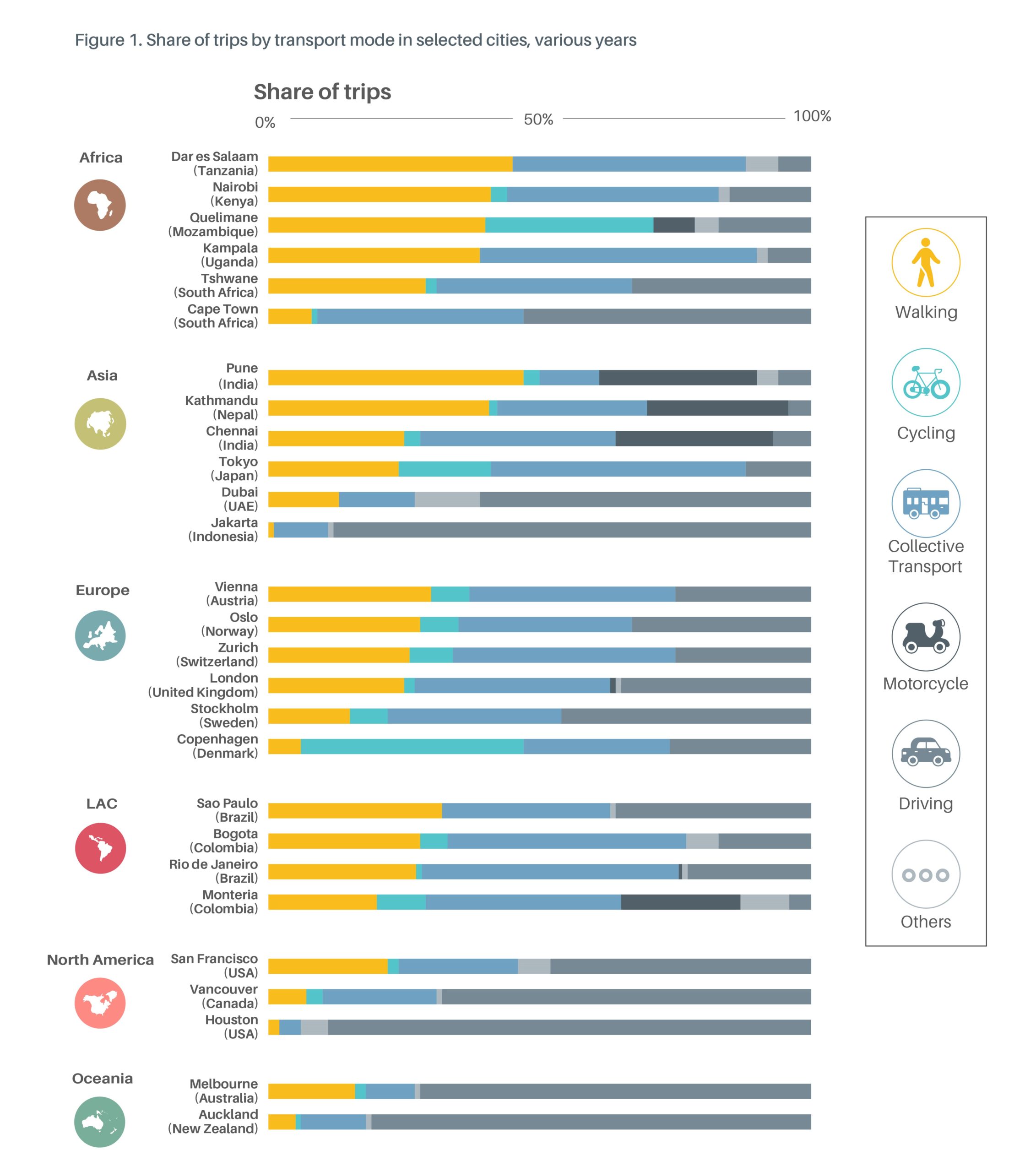
The vast majority of people in the world rely on public and informal transport, as well as walking and cycling, to go about their daily lives. Walking, cycling and public transport are the backbone of urban mobility. In cities, such as Dar es Salaam, Nairobi, Quelimane and Kampala, walking, cycling and collective transport (public and informal transport) represent two-thirds of all trips. Walking is the principal transport mode in most of the Global South, accounting for up to 70% of trips in some African cities. Cycling is also seen to be popular in Asian and African cities, with cities like Tokyo and Quelimane occupying more than 15% of trip mode share. Paratransit plays a complementary role to public transport in most of the Global South cities. In some cities in Sub-Saharan Africa for example, up to 80% of the population relies on paratransit.
—
Source for chart: SLOCAT (2021), Tracking Trends in a Time of Change: The Need for Radical Action Towards Sustainable Transport Decarbonisation, Transport and Climate Change Global Status Report – 2nd edition, www.tcc-gsr.com.
Walking and cycling are essential feeders to public transport

Walking and cycling are key to increasing access to public transport and completing door to door trips, and measures supporting these modes help support gender equality, enhance equity and bolster inclusion, especially for the poor and others in vulnerable situations. In the Netherlands, around 50% of train trips are accessed by walking and 43% by cycling. Walking is even more important for other transport modes: 70% of bus trips and nearly 80% of tram/metro trips are accessed by walking. Even in the United States, where 80% of commuting trips are done by car, urban residents who live within 400 metres of a public transport station are 5-7 times more likely to walk to the station. On the other hand, more than 50% of urban dwellers worldwide do not have convenient access to public transport. This is especially severe in Africa and parts of Asia. Thus, accessibility of public transport via walking and cycling is key, and it should be guaranteed, so that public transport can be made more desirable.
—
Source for chart: SLOCAT analysis based on UN-HABITAT (2021), 11 2 1 Percentage Access to Public Transport, https://data.unhabitat.org/datasets/GUO-UN-Habitat::11-2-1-percentage-access-to-public-transport/about
Walking, cycling and public transport are cost-effective

Besides being healthy, walking and cycling offer the most reliable journey times and represent the best value for money of all transport modes, and do not impose high external costs on society at large. The cost of owning a bike, its operation and maintenance, is USD 3 per 100 km, whereas a private car is six times more expensive, at approximately USD 18 per 100 km. The bike users can also save crucial time during peak commute hours, where protected bike lanes separating cyclists from vehicle traffic are present. In Mexico City, cyclists on average can save 11.5 minutes and 5.40 pesos per trip using cycle lanes compared to using an alternative transport mode.
—
Source for chart: ITDP (2022), Making the Economic Case for Cycling, https://www.itdp.org/wp-content/uploads/2022/06/Making-the-Economic-Case-for-Cycling_6-13-22.pdf
Women rely on walking and public transport

Women in the Global South lack access to opportunities due to less transport options available to them. Women rely more on walking and public transport and they have to walk more than men. Case studies from Bogotá, Buenos Aires, Lima, Mexico City and Rio de Janeiro show that women travel more during the day and their trips are mostly non-work related. Trips conducted by women are shorter and are often necessary or unavoidable, relying heavily on either walking or informal and public transport. Travelling with dependents is a characteristic in women’s mobility in these cities with less women than men possessing a driving licence or a car.
Concerning cycling, male bicycle users greatly outnumber female users due to a lack of safe and accessible cycling infrastructure. In Bogotá, which has the highest cycling mode share among Latin American capitals, more than 70% of cycling trips are done by men. But in Osaka, Rosario and many cities in the Netherlands, cycling women made as many cycle trips as men, and sometimes even more.
—
Source for chart: SLOCAT analysis based on Goel et al., (2022), Cycling behaviour in 17 countries across 6 continents: levels of cycling, who cycles, for what purpose, and how far?, https://www.tandfonline.com/doi/pdf/10.1080/01441647.2021.1915898?needAccess=true
Lower income groups depend on walking, cycling and public transport

Across the Global South, high shares of walking and cycling largely reflect poverty or the lack of other transport options. The World Health Organisation’s surveys between 2002 and 2016 found that people in low-income countries walk or cycle for transport 63 minutes per day on average, compared to 41 minutes in middle-income countries and only 25 minutes in high income countries. In Latin America, low-income groups walk and cycle more than other income groups. Despite its popularity, walkability is considerably poor in low-income neighbourhoods, with bicycling infrastructure nearly non-existent. In case studies of Bogotá, Buenos Aires and Mexico City, the gender gap and immobility of women correlates with women’s lower income levels compared to men. This imbalance must be addressed by providing better walking and cycling conditions along with ensuring greater accessibility to opportunities via public transport. These measures can incentivise their mobility and support access to more opportunities for lower income groups. For example, a large-scale bicycle distribution program in rural Sub-Saharan Africa made schools more accessible for children, with attendance rate rising to nearly 90%.
—
Source for chart: IADB (2021), The Role of Active Transport Modes in Enhancing the Mobility of Low-Income People in Latin America and the Caribbean, https://publications.iadb.org/publications/english/document/The-Role-of-Active-Transport-Modes-in-Enhancing-the-Mobility-of-Low-Income-People-in-Latin-America-and-the-Caribbean.pdf
Public transport, walking and cycling are more efficient
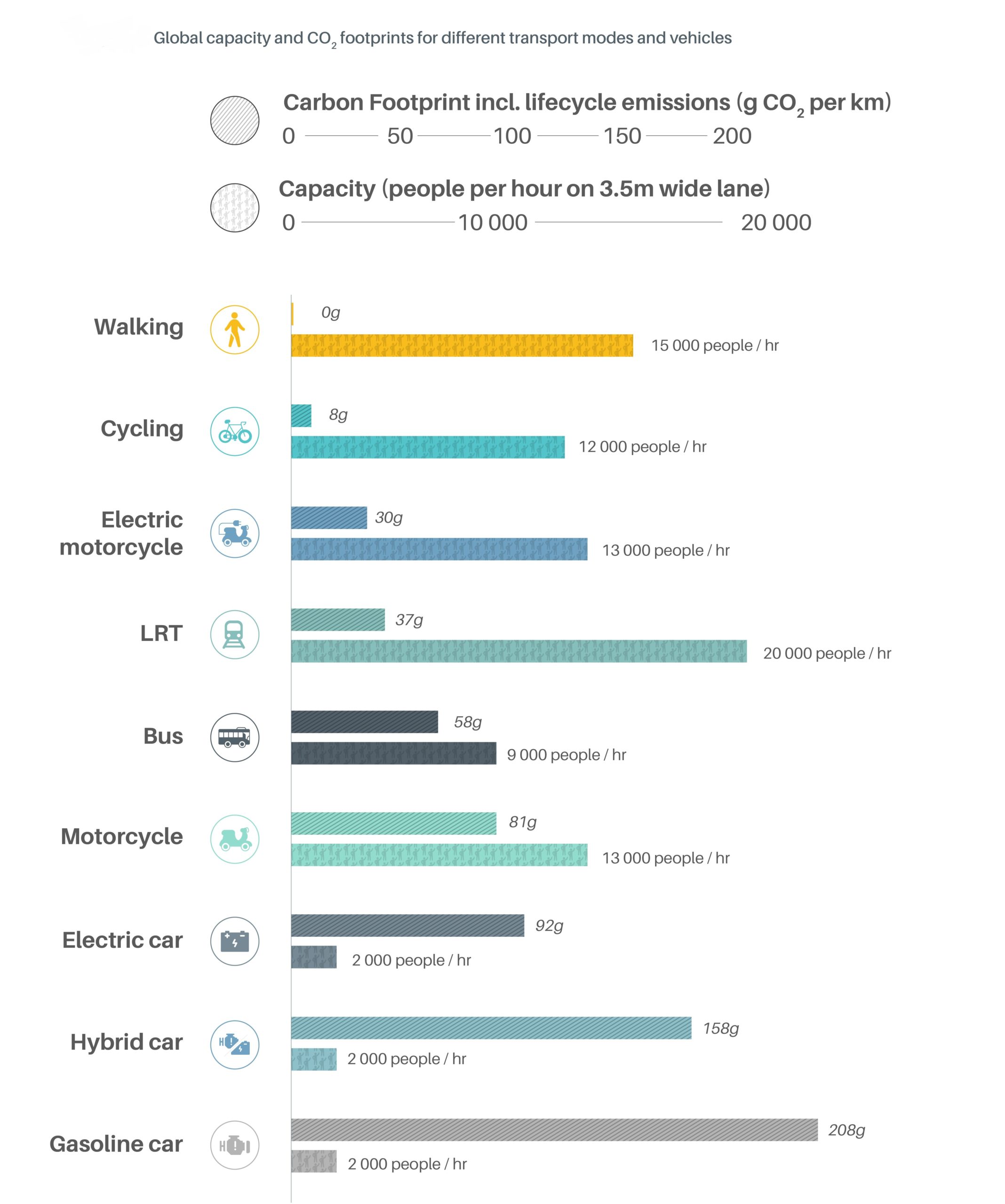
Public transport can move the most people, followed by walking and biking. Private cars are the most inefficient transport mode in urban areas in terms of space, carbon footprint and capacity. A moving car takes 28 times more space than a moving bicycle and 70 times more space than a walking pedestrian. Similarly, a parked bicycle takes up 10 times less space than a parked car. Walking and cycling has the smallest carbon footprint followed by public transport.
—
Source for chart: SLOCAT (2021), Tracking Trends in a Time of Change: The Need for Radical Action Towards Sustainable Transport Decarbonisation, Transport and Climate Change Global Status Report – 2nd edition, www.tcc-gsr.com.
E-buses are making public transport cleaner than ever

The total cost of ownership for electric buses has become more competitive every year, and electric buses have increasingly displaced diesel fuel use. Electric buses are already displacing more oil than all of the world’s electric passenger cars combined. The total cost of ownership is especially more competitive in large cities with high annual bus mileages. In the case of India, the total cost of ownership of electric buses was at least 5-10% lower compared to diesel buses.
—
Source for chart: BNEF (2018), Electric Buses in Cities: Driving Towards Cleaner Air and Lower CO2, https://about.bnef.com/blog/electric-buses-cities-driving-towards-cleaner-air-lower-co2/
Walking, cycling and public transport infrastructure are excellent investments

The infrastructure cost is lower for walking, cycling and public transport than for cars. Infrastructure cost and maintenance for cars costs nearly USD 1.5 billion per 1,000 passenger-kilometres globally, compared to bicycles at USD 10.4 million per 1,000 passenger-kilometres. A cost-benefit analysis for Denmark found that a society gains around EUR 1 per kilometre walked or EUR 0.64 per kilometre cycled, while every kilometre driven by a car costs society EUR 0.71. The infrastructure investments in active mobility have high returns as a social cost-benefit analysis for Lima shows implementing cycling infrastructure will cost USD 313,000 and generate USD 5.56 million in benefits by 2050.
—
Source for chart: ITDP (2021), The Compact City Scenario – Electrified THE ONLY WAY TO 1.5 °C, https://www.itdp.org/wp-content/uploads/2021/12/EN_Compact-Cities-REPORT_SINGLEPAGE-1.pdf
A large share of car trips can be substituted
Walking and cycling have the potential to substitute more than 40% of short car trips, namely because the large majority of trips in cities is less than 5 kilometres. A study across seven European cities found that a person making a daily shift from driving to cycling, will decrease life cycle CO2 emissions from transport by 67% and a daily shift from driving to public transport will decrease emissions by 19%, not to mention the personal health benefits inherent to such a shift.
Investments in walking and cycling enhance road safety

Pedestrians are the main victims of road crashes in low-income countries, where they accounted for more than one-third of fatalities in 2016. In Malawi, cyclists (mostly men) occupy around 80% of transport mode share, and 70% of all fatal accidents in these rural roads involve pedestrians or cyclists. Africa has the highest level of road fatalities in the world, as more than 80,000 pedestrians are road casualties in Africa everyday. The major cause for this is due to poor walking infrastructure, and more investment in designing safe pedestrian facilities could reduce the crashes by up to 90%.
—
Source for chart: SLOCAT (2021), Tracking Trends in a Time of Change: The Need for Radical Action Towards Sustainable Transport Decarbonisation, Transport and Climate Change Global Status Report – 2nd edition, www.tcc-gsr.com.
Walking, cycling and public transport create healthier communities
The use of walking, cycling and public transport provides significant health benefits. An analysis of bike sharing systems in Europe shows that each Euro invested in bike sharing provides economic and health benefits worth between EUR 1.37 and EUR 1.72. A health study found that around 200,000 annual premature deaths could be prevented if car trips are replaced by bicycle usage by 2050. Even if only 8% of car trips are replaced by bike trips, around 18,000 annual premature deaths could be prevented by 2050.
Cycling can improve logistics for local goods and services delivery
The use of two- and three-wheeled bicycles, cargo bicycles and/or electric bicycles for freight transport ensures cost, space, efficiency and health benefits. Further, it can enable zero emission deliveries and logistics. In Lagos, Nigeria, cargo bikes are commonly used for waste collection. In Kigali, Rwanda, cargo bikes carry heavy goods loads and serve as bicycle taxis, providing a means of employment for thousands of young men. In Guangzhou, China, 60% of electric bicycle riders use their bicycles to deliver food or goods.
Walking, cycling and public transport support community cohesion

Society is can be united through walking, cycling and public transport. Social interaction and community cohesion is strengthened through these modes. Studies for Vancouver show that there are much higher rates of friendly interactions for walking, bicycling or public transport travel than for private automobile use.
—
Source for chart: Litman (2022), Evaluating Public Transit Benefits and Costs Best Practices Guidebook, https://www.vtpi.org/tranben.pdf
Library of Partners' Activities
Curious to learn more about how the wider partnership is working to support walking, cycling and public transport? Then check out this sample of ever-growing initiatives, activities and materials from across the SLOCAT family.
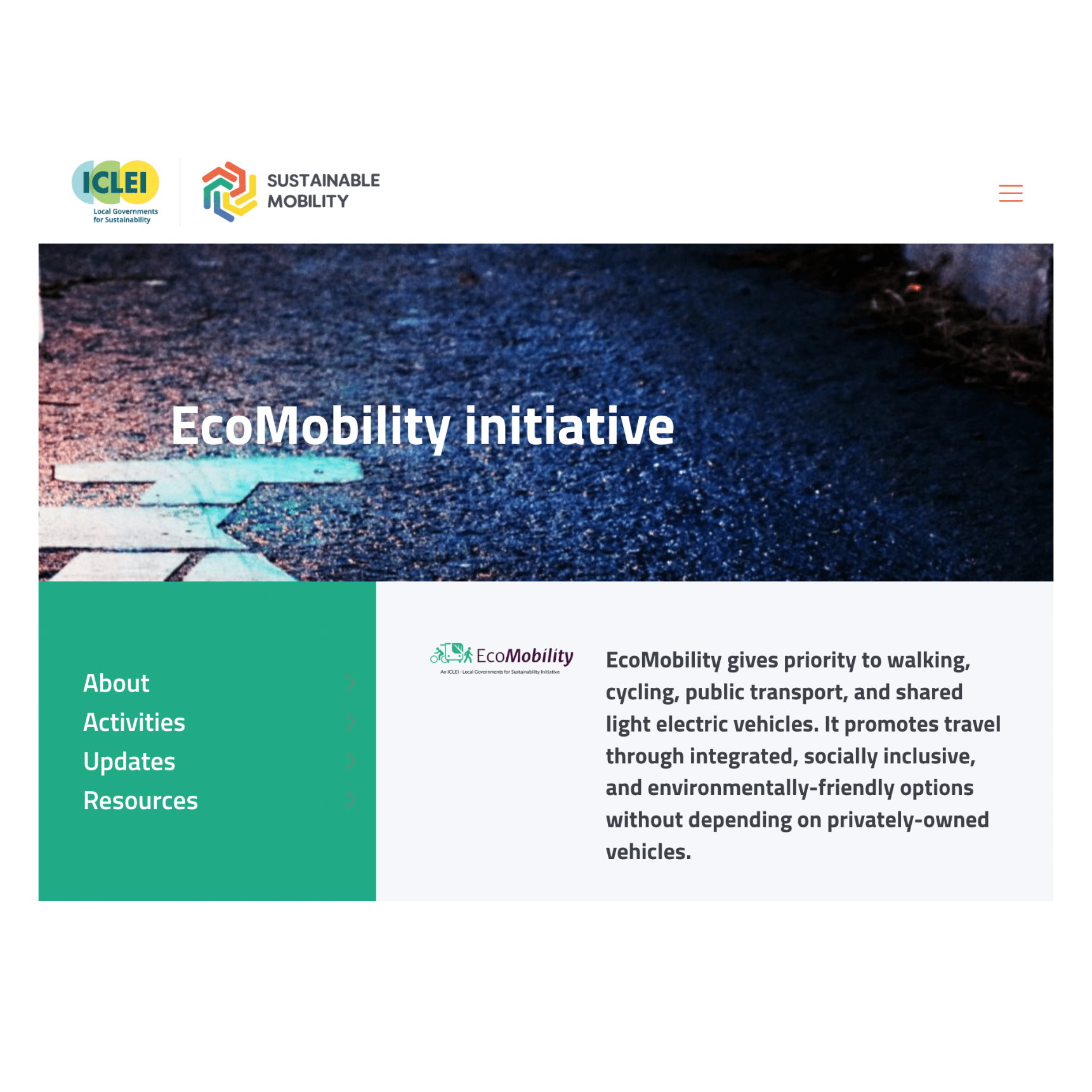
EcoMobility Initiative
ICLEI
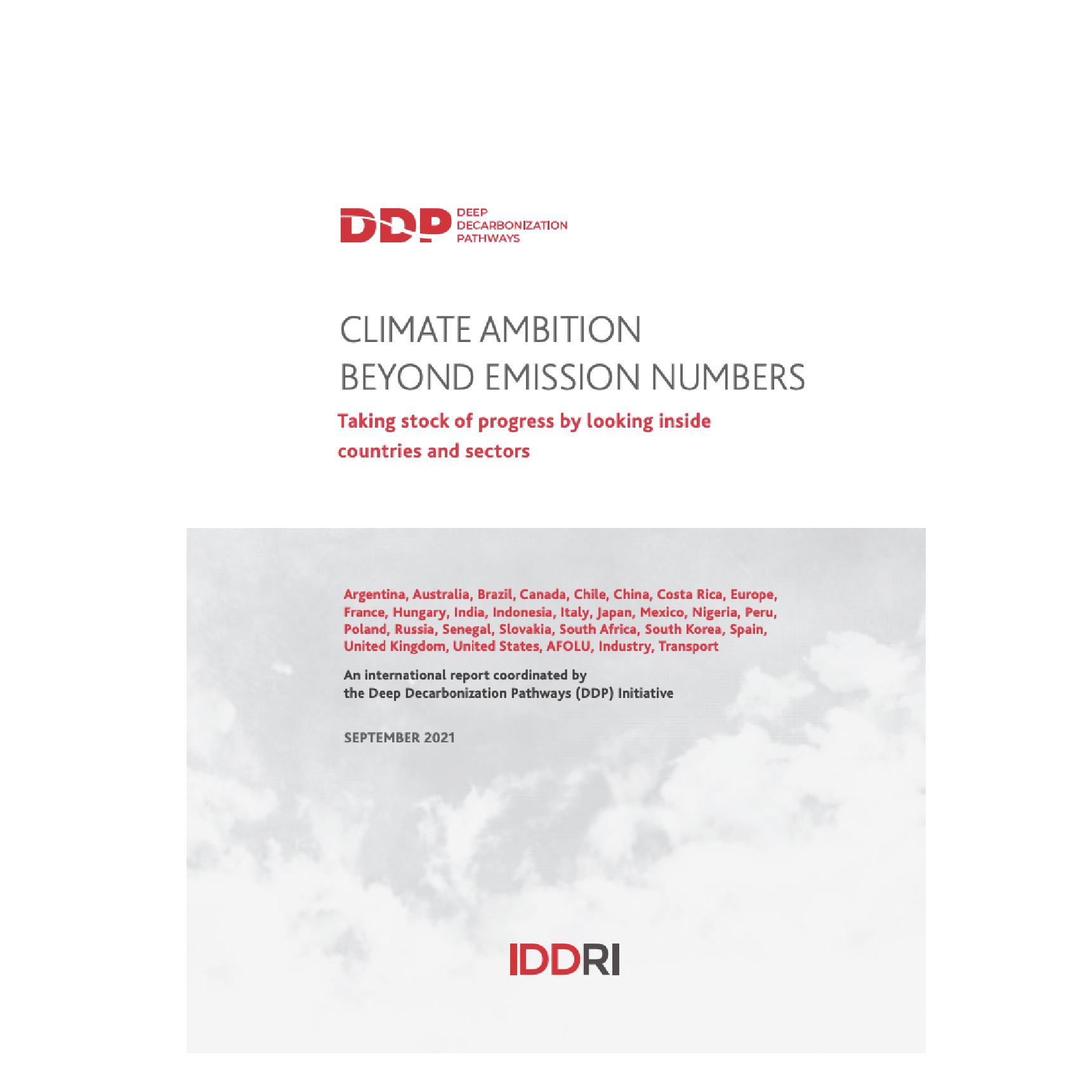
(Re)developing Metropolitan Areas to be Less Car-dependent
IDDRI
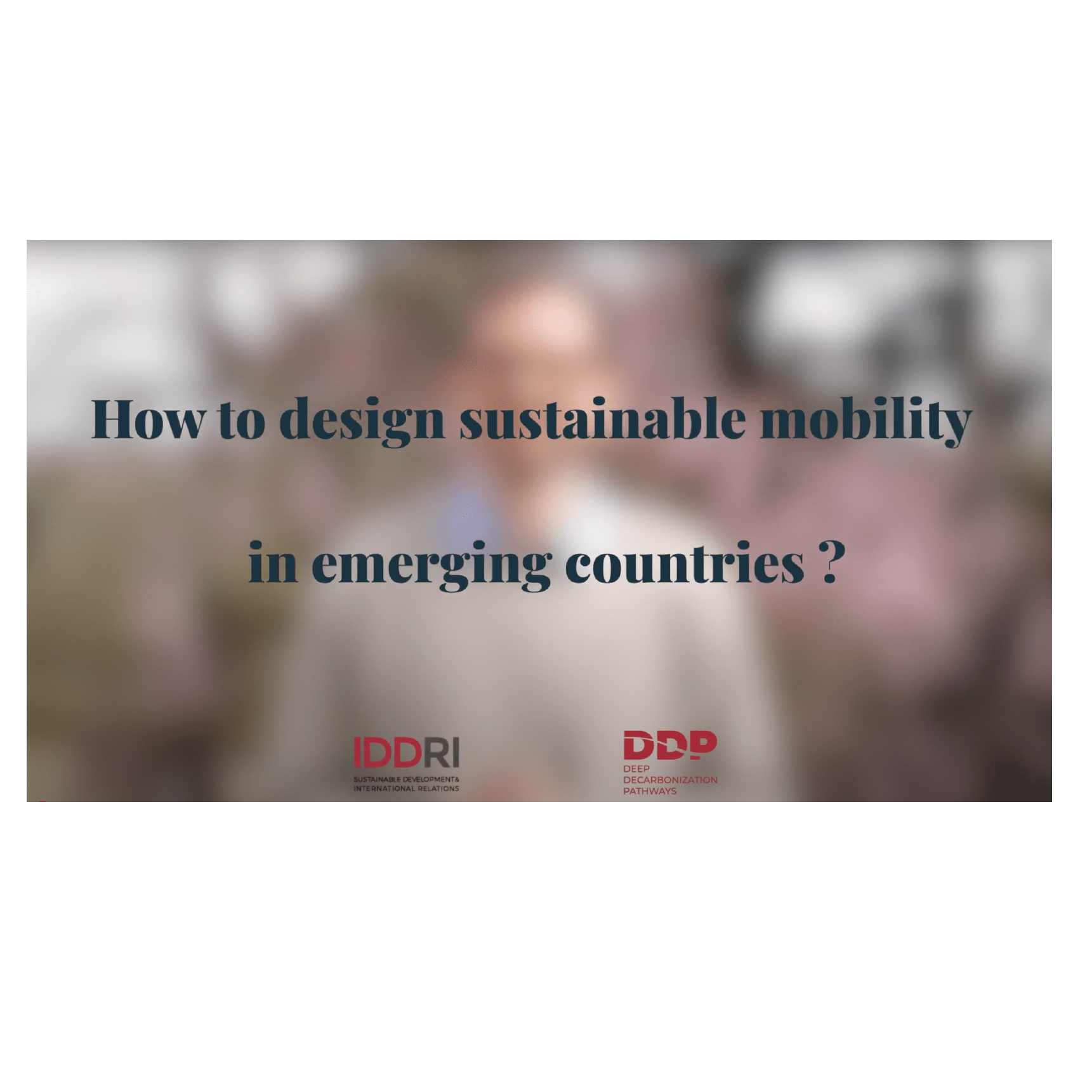
How to Design Sustainable Mobility in Emerging Economies?
IDDRI
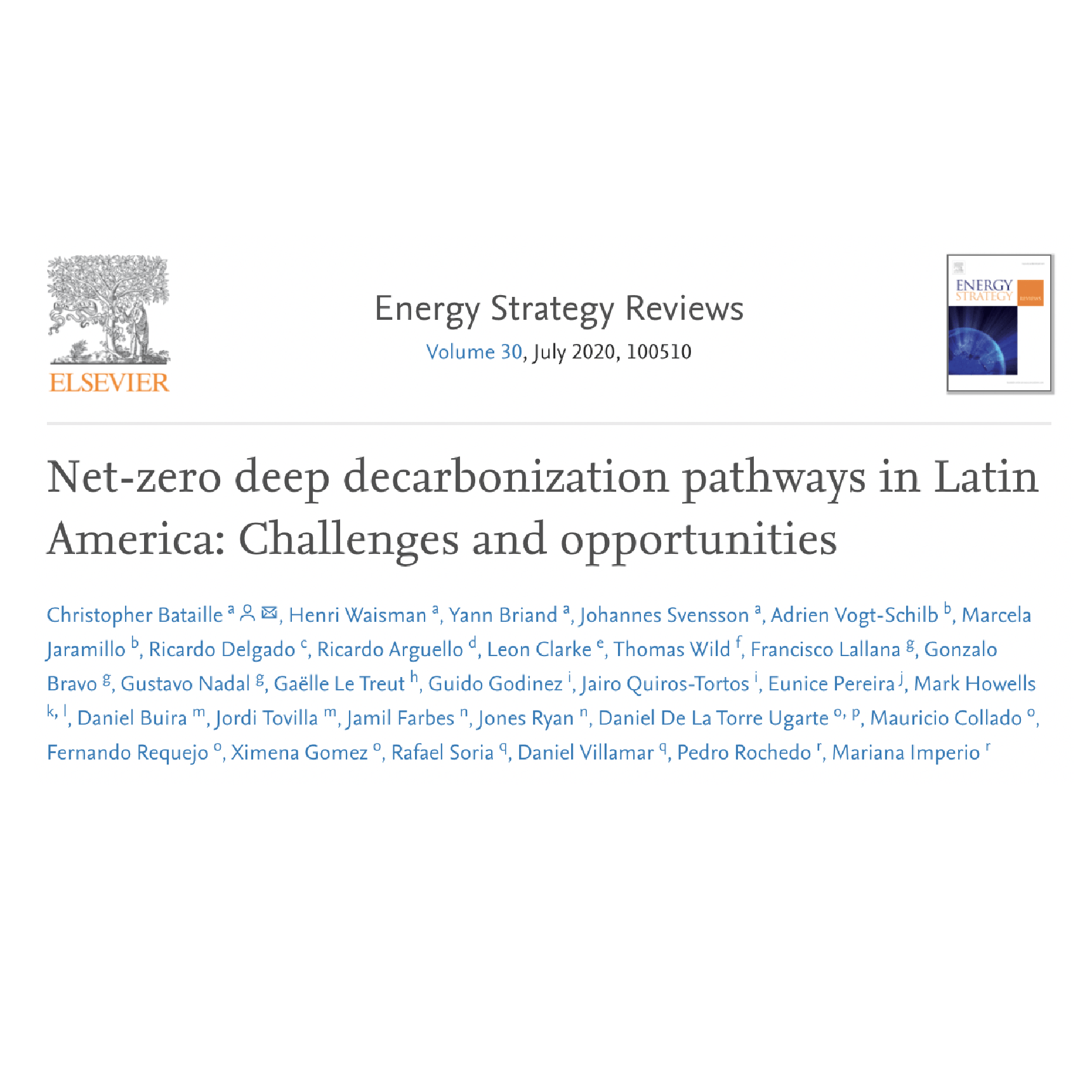
Net-zero Deep Decarbonization Pathways in Latin America: Challenges
IDDRI
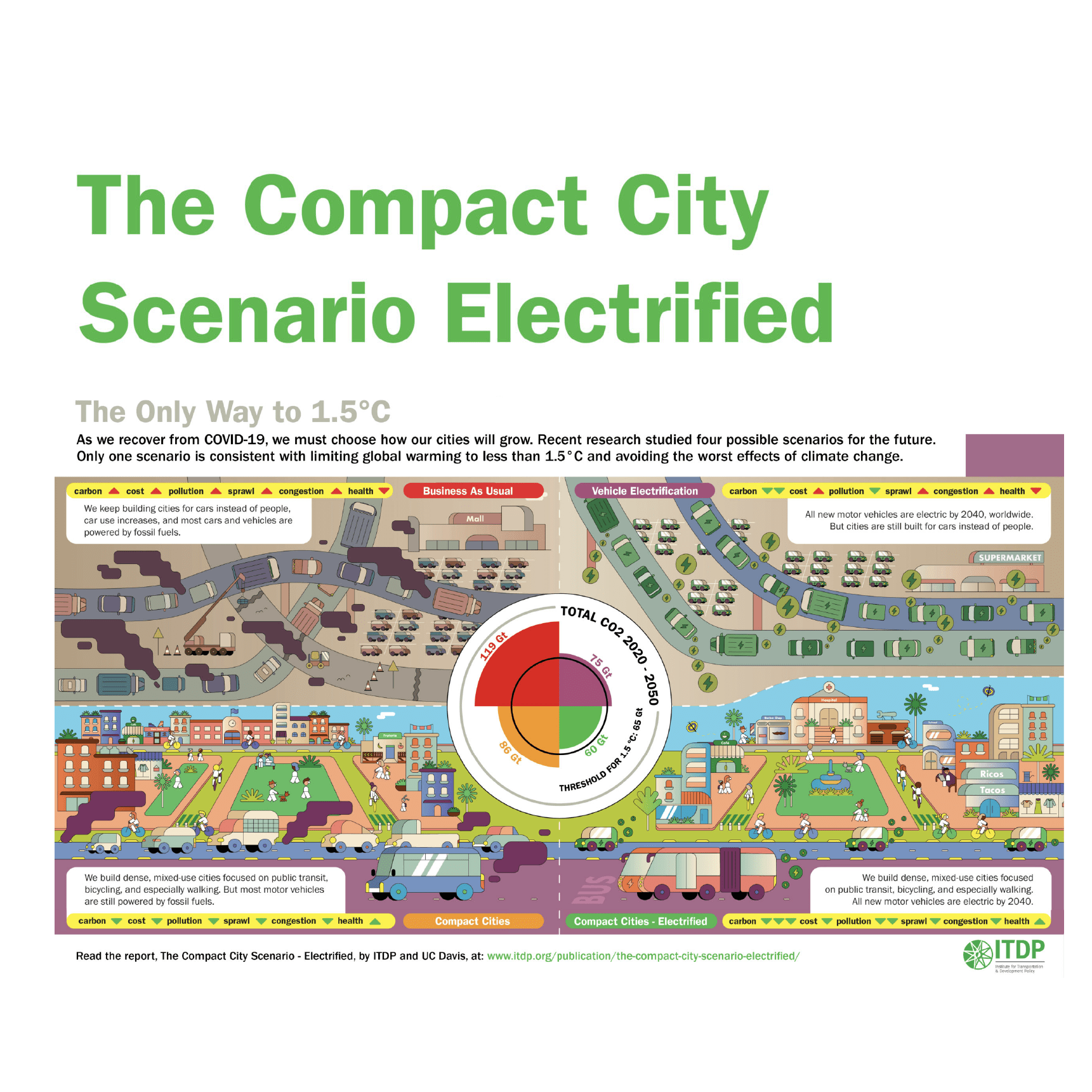
Compact Cities Electrified
ITDP
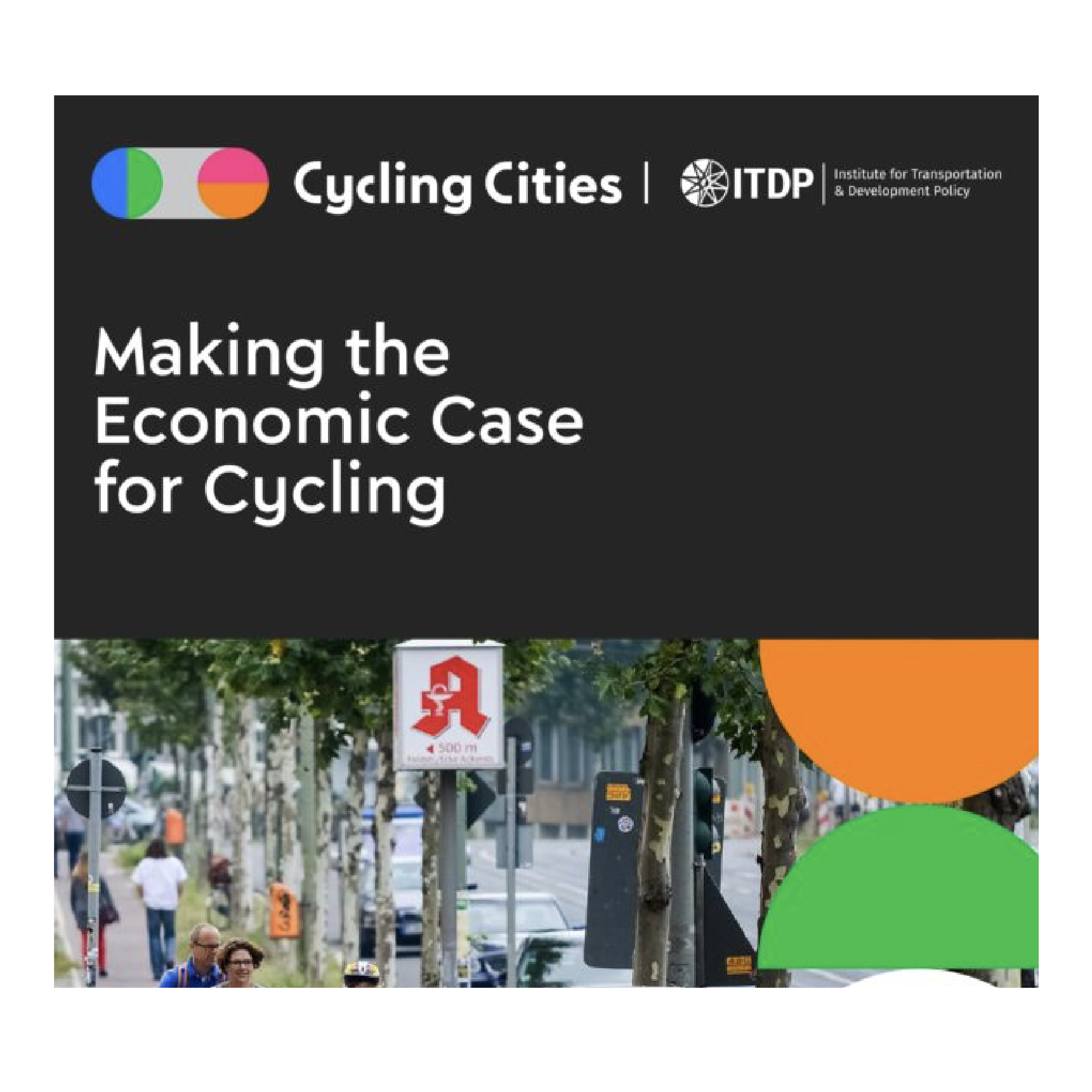
Making the Economic Case for Cycling
ITDP
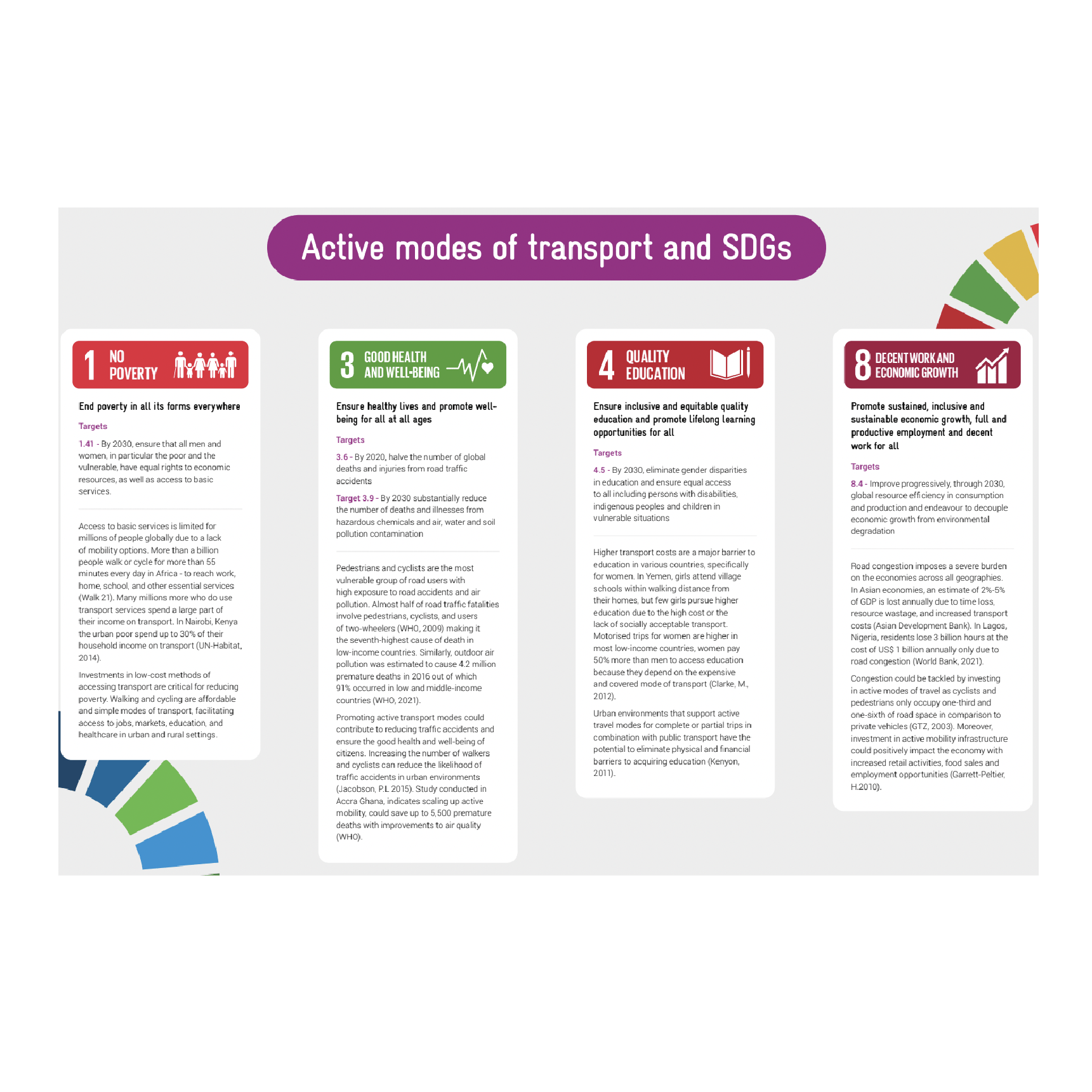
Link of Active Modes to SDGs
MobiliseYourCity
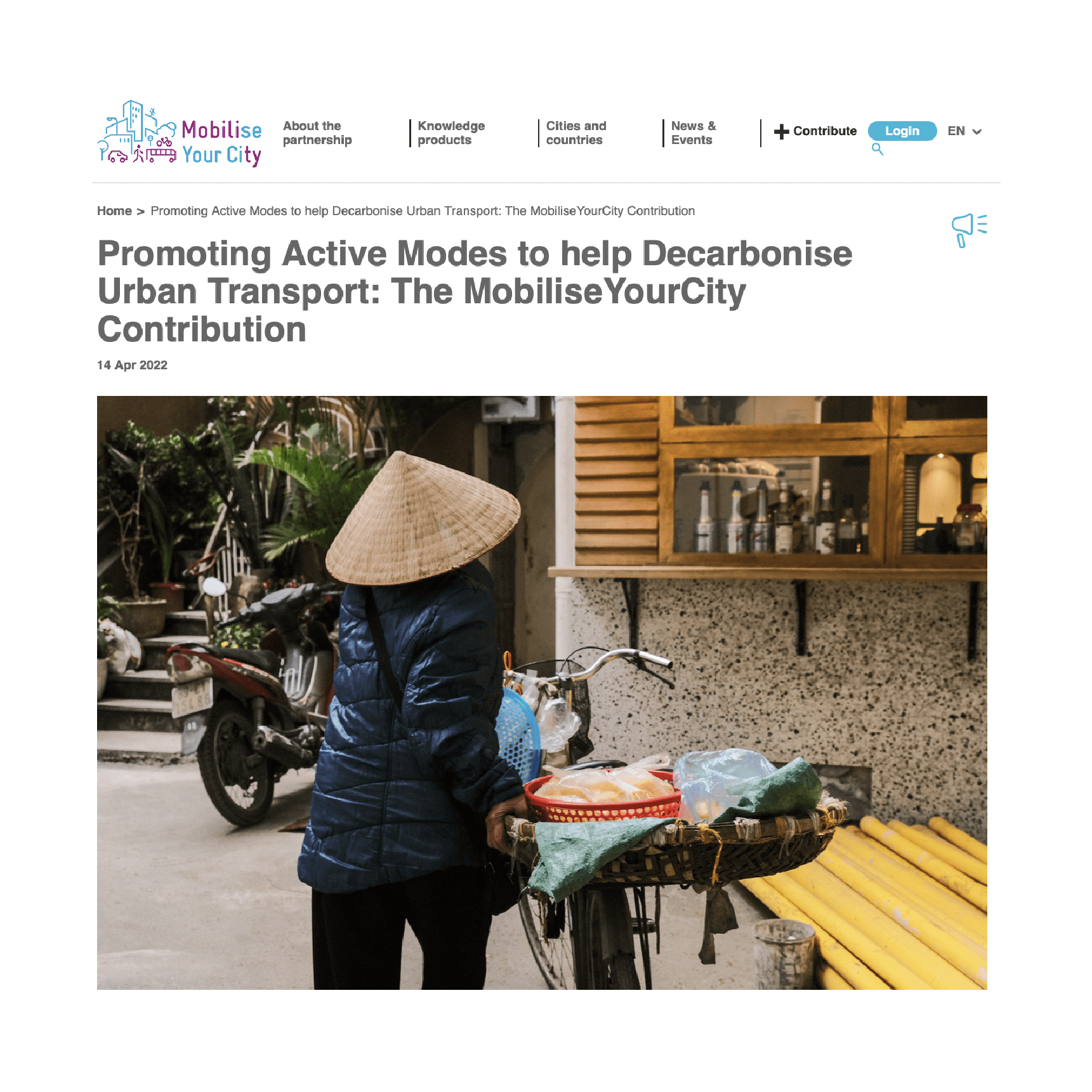
Active Modes to Decarbonise Urban Transport
MobiliseYourCity
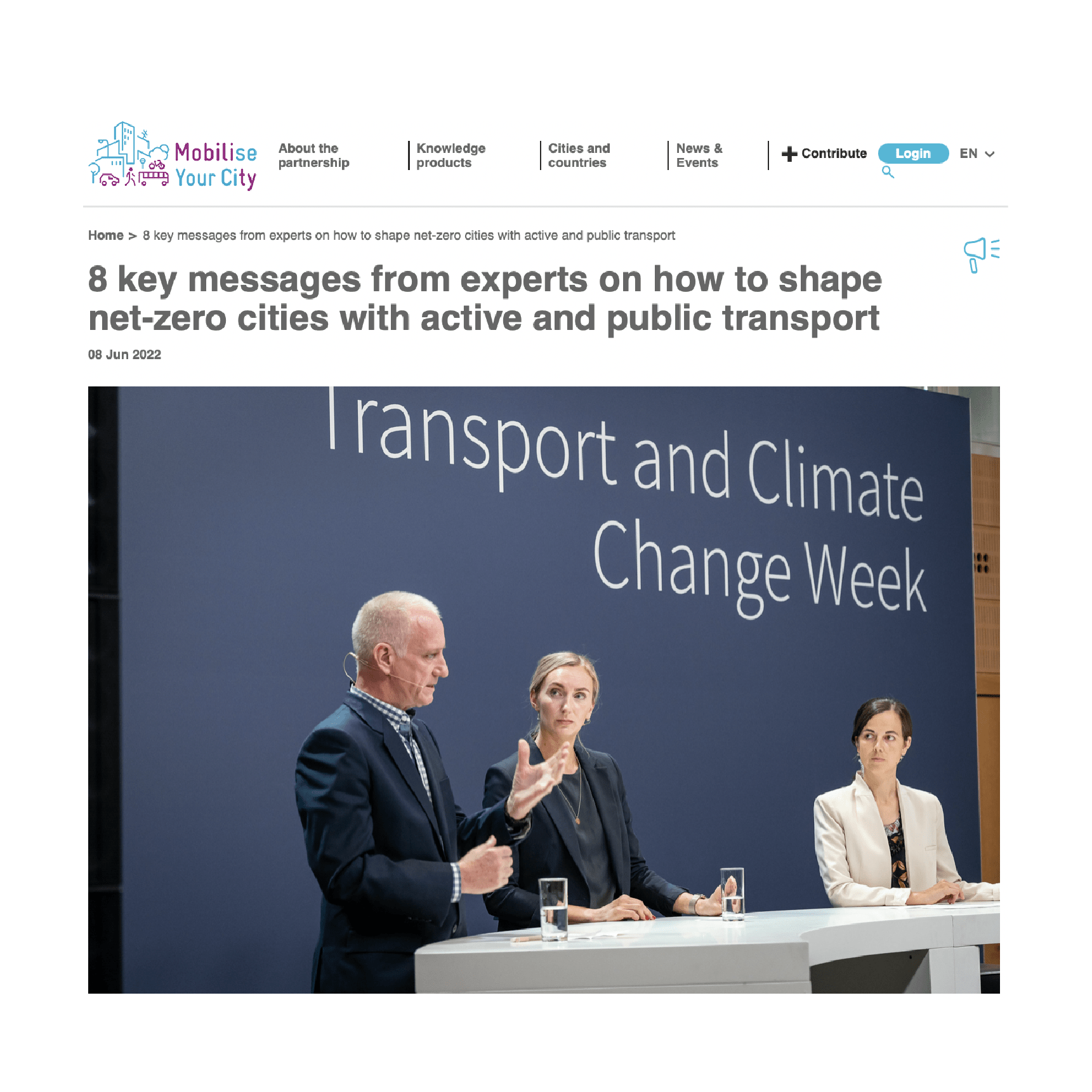
Key Messages on How to Shape Net-zero Cities Through Active Modes and Public Transport
MobiliseYourCity and GIZ
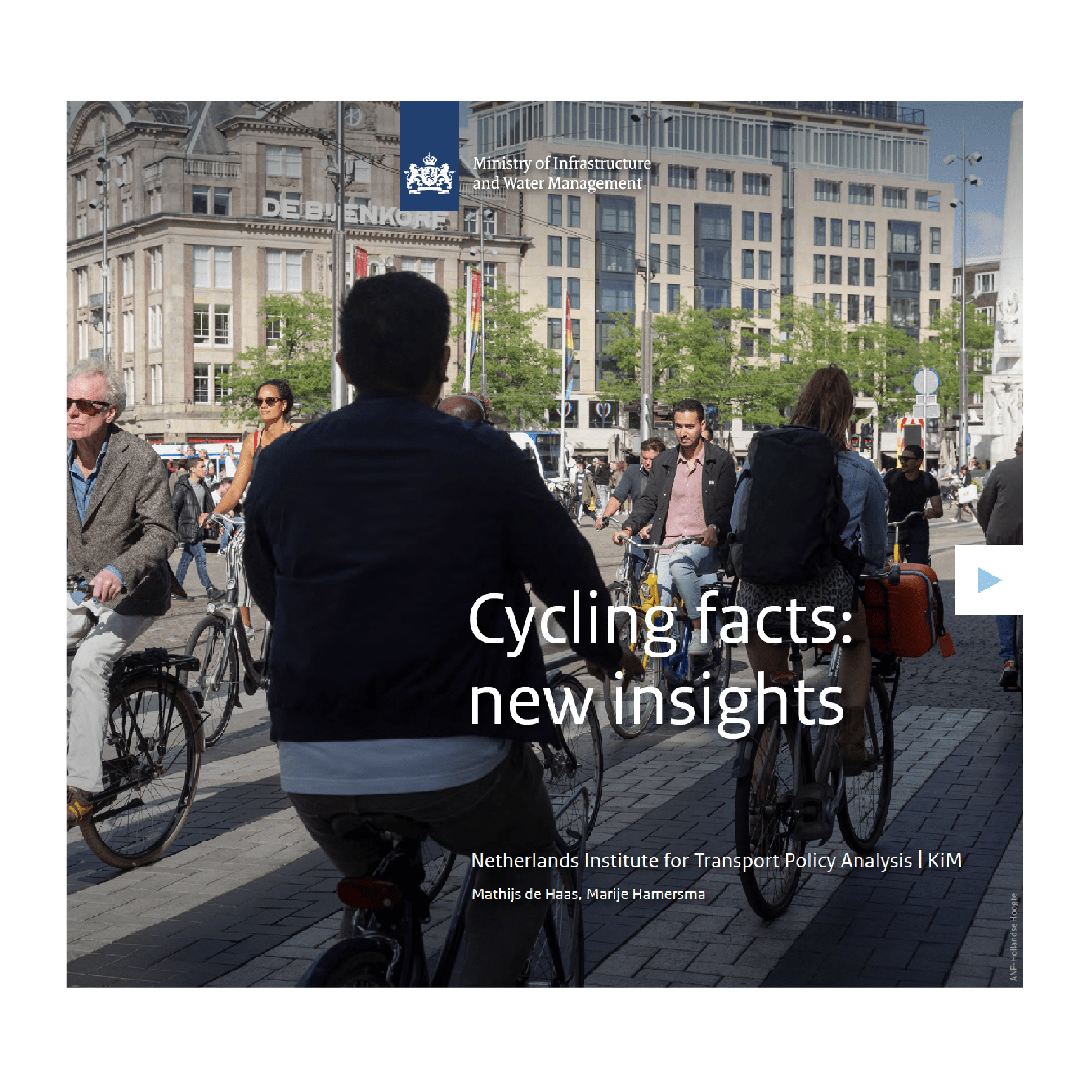
Cycling Facts: New Insights in Netherlands
Netherlands Institute for Transport Policy Analysis
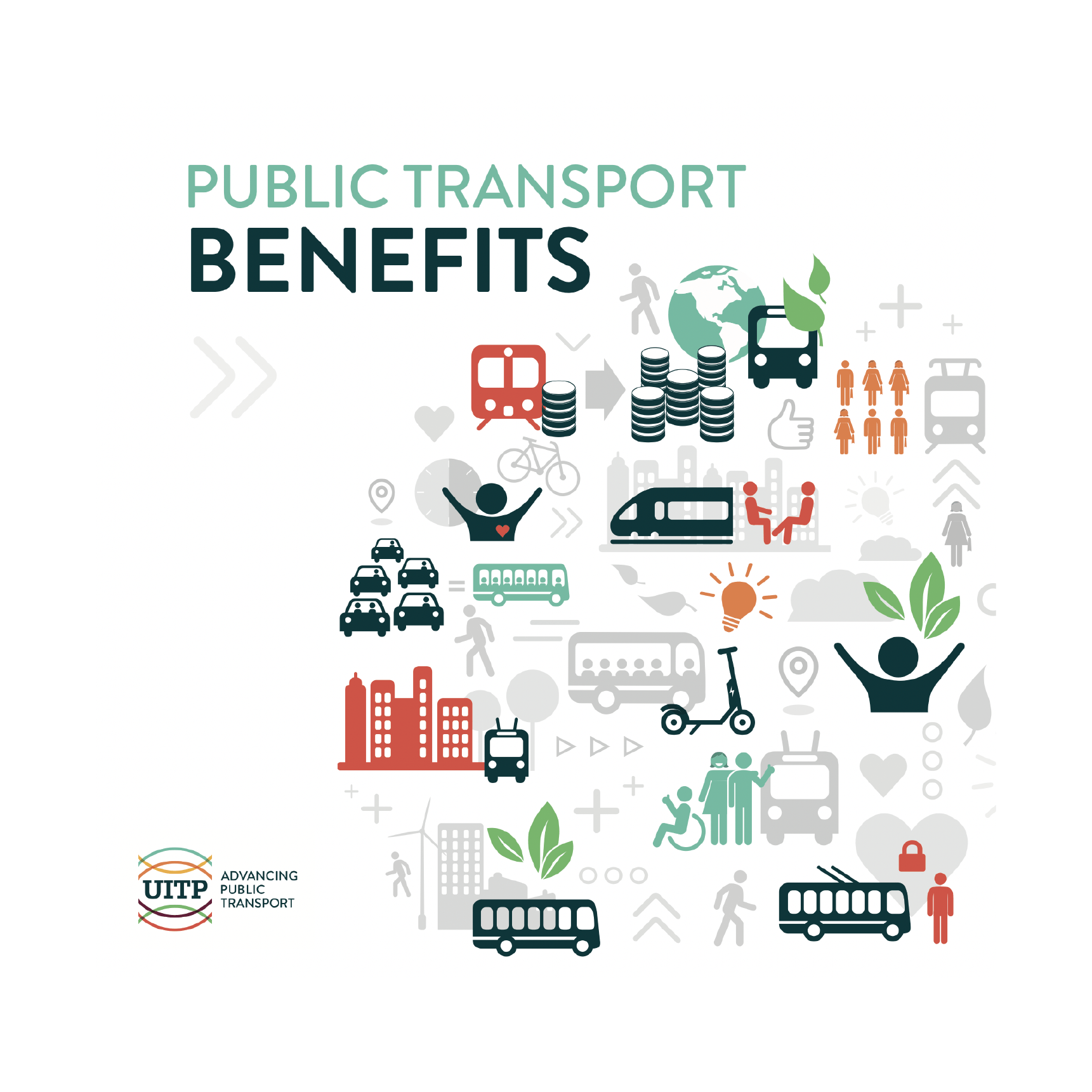
Public Transport Benefits
UITP
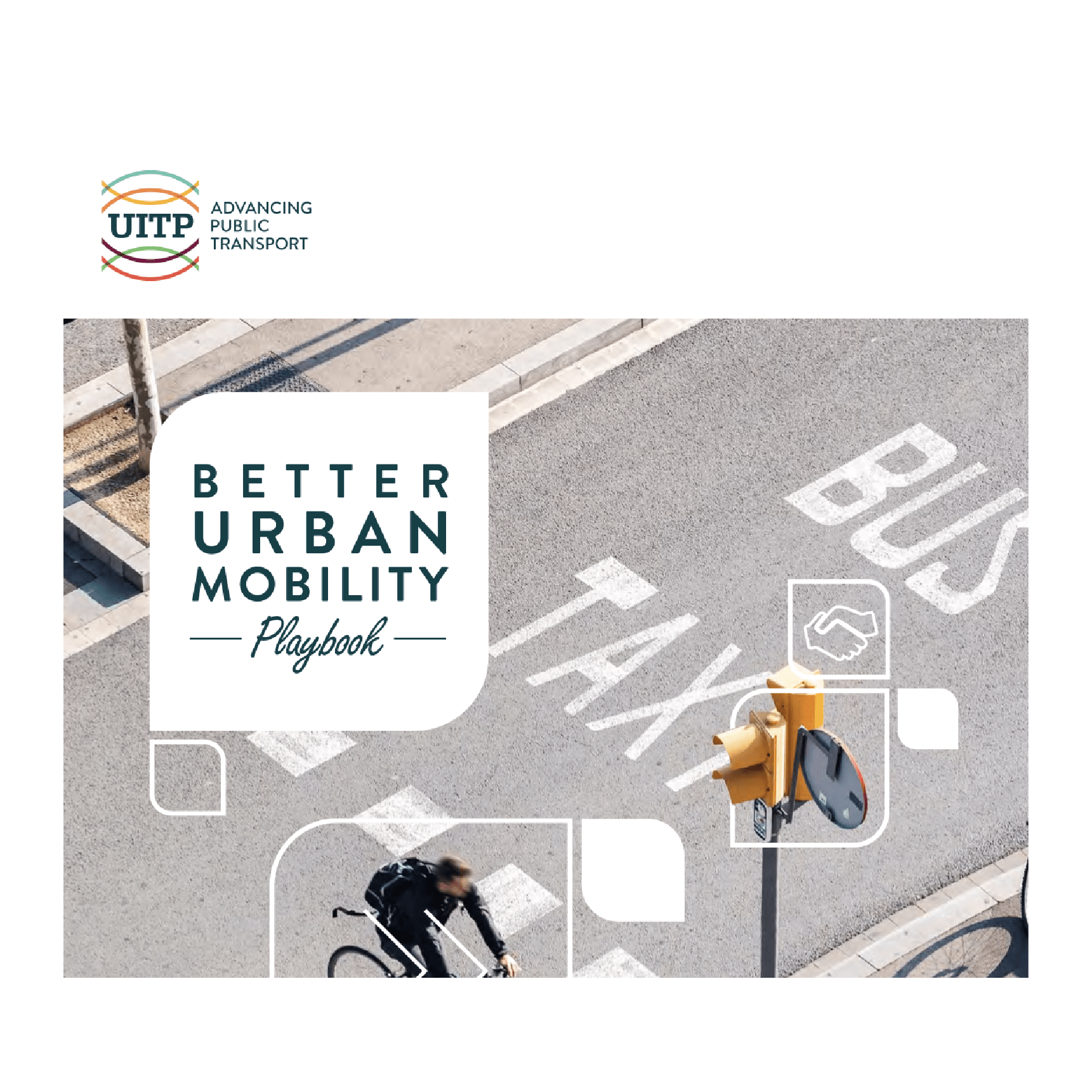
Better Urban Mobility Playbook
UITP
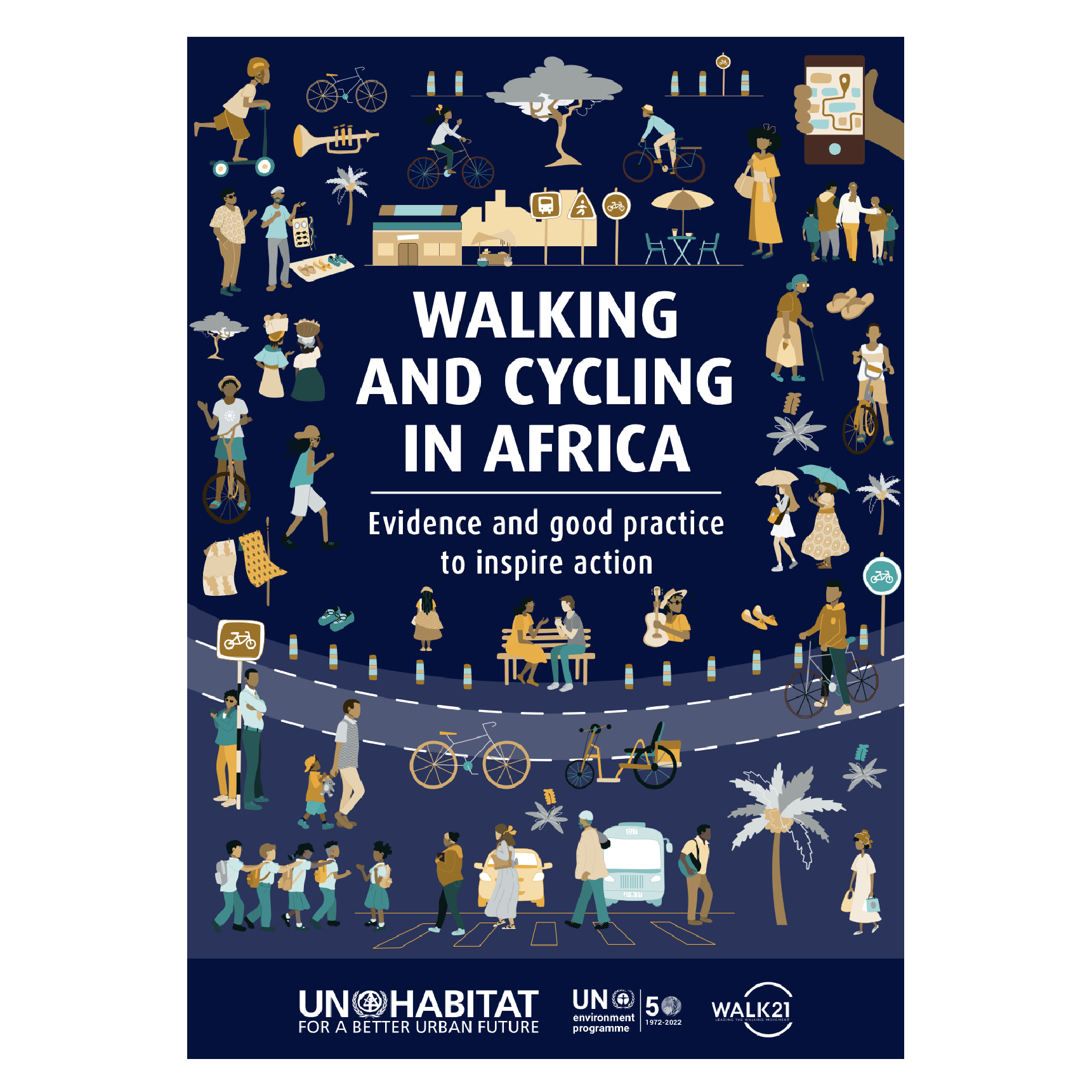
Walking and Cycling in Africa
UNEP
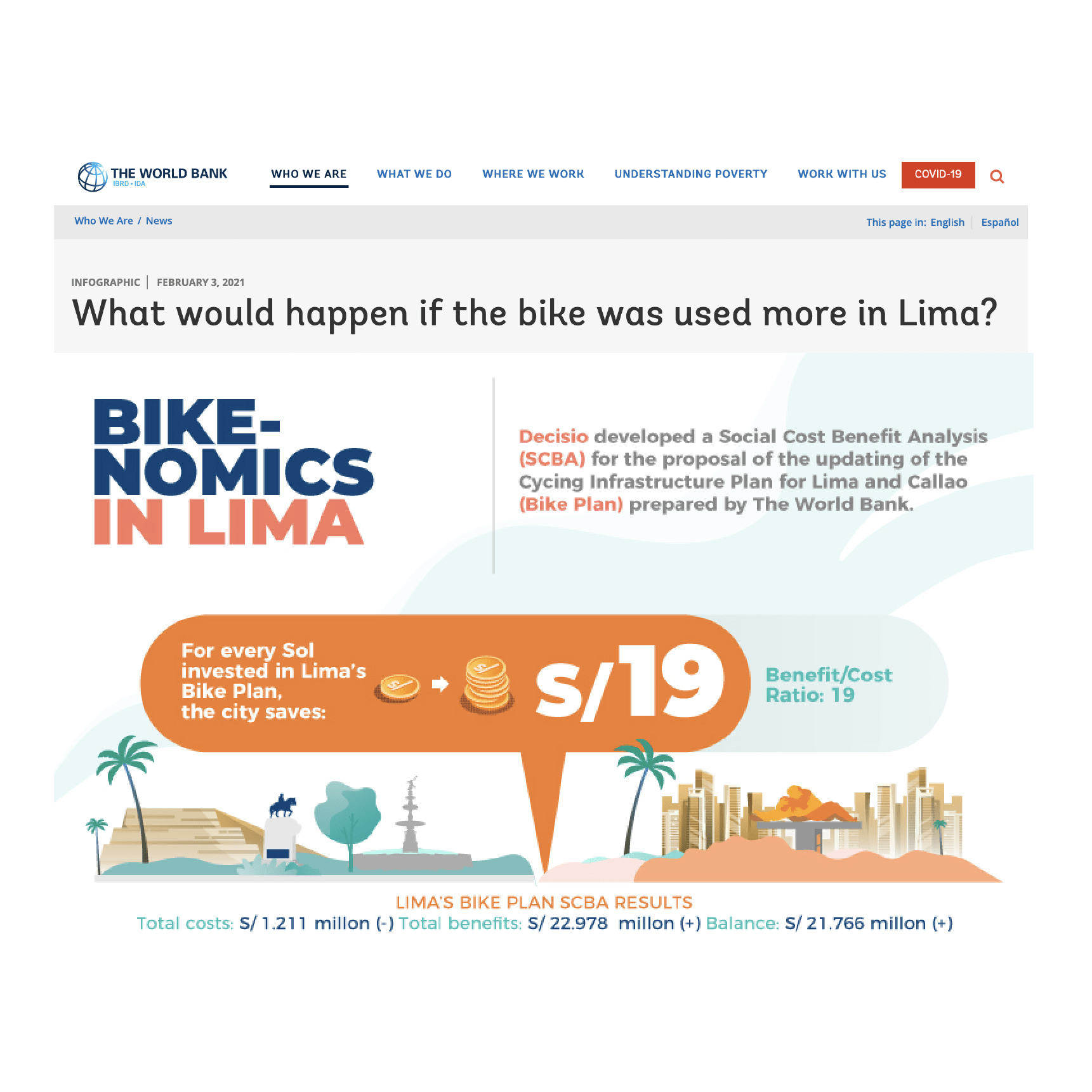
Cycling Benefits in Lima
World Bank
We invite all SLOCAT partners to share any initiatives, activities or materials related to walking, cycling and public transport they would like featured in the library. Please contact Hayeon (hayeon.oh@slocatpartnership.org) to learn more!
Join us!
Show your support for a 1.5°C future, for sustainable development and a better world that truly leaves no one behind. Join us in spreading the word and working to support meaningful attention for walking, cycling and public transport everywhere!
Share your support now!
This call to action was developed together with the SLOCAT Task Force on Transport Community Engagement in the UNFCCC. It does not necessarily represent a consensus among partners on any given point. Although the information provided is the best available to the authors at the time, SLOCAT and its partners cannot be held liable for its accuracy and correctness.